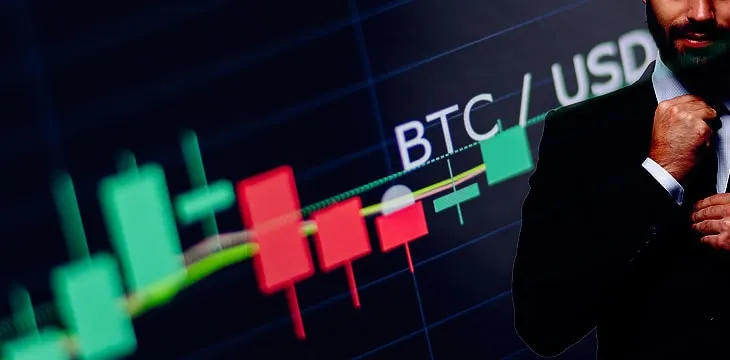|
Getting your Trinity Audio player ready...
|
Cloud-based services company MicroStrategy (NASDAQ: MSTR) has announced that it’s buying $250 million worth of BTC—about 21,454 BTC at the time of purchase.
In a statement, MicroStrategy CEO Michael Saylor said the company “has recognized BTC as a legitimate investment that can be superior to cash and accordingly has made BTC the principal holding in its treasury reserve strategy.”
Saylor believes that BTC is likely to outperform cash as the dollar weakens and the companies’ returns from cash diminish. Although every digital currency is likely to increase in value as the U.S. government prints more dollars and inflates the economy, there are no fundamental drivers that will increase the price of BTC.
False narratives and false hope
“BTC is digital gold — harder, stronger, faster, and smarter than any money that has preceded it,” said Saylor. “We expect its value to accrete with advances in technology, expanding adoption, and the network effect that has fueled the rise of so many category killers in the modern era.”
Saylor is stuck on the 2017 narrative that made BTC popular and increased its value. However, it is not 2017 anymore and the narratives he believes in have been disapproved. To begin with, BTC is not smarter money. BTC is actually a terrible payment method due to its high transaction fees and the low transaction throughput that prevents it from operating at the scale.
Many people think that BTC is digital gold or an alternative for gold, but it’s just not true. Investors think of gold as a safe-haven asset, and place their money in the precious metal when there is economic or political turmoil—BTC does not experience this same investment activity. Unlike precious metals, which are relatively stable in value, BTC experiences extreme price fluctuations, which make it a bad place to park money when there is global unrest. In addition, there is one crucial difference between 2017’s digital currency boom and where the industry is today: retail investors and initial coin offerings (ICOs).
Why digital currency soared in 2017
In 2017, there was an abundance of ICOs taking place that were netting their investors’ exponential returns on their initial investment. There were so many ICOs that there was an opportunity for investors to earn money in this capacity nearly every day if not every week. The stories of success and rags to riches brought in even more newcomers who were investing in the digital currency ecosystem and driving the price of every digital asset up.
However, because a majority of these coins and tokens that were released had no utility, the price of the digital currencies that launched tanked more than 90% in many cases. A lot of retail investors got badly burned and have no interest in investing in the digital currency ecosystem again.
This time around, there are far fewer investors in the digital currency space that can push the price of BTC up. With no fundamental events taking place within BTC besides the halving, and no value creation happening on BTC because the artificial limits of the BTC network make it impossible to build businesses on BTC, BTC is bound to suffer due to the lack of speculators, especially since BTC’s primary use-case is speculation.
It seems that the potential gains that result from BTC have attracted MicroStrategy, and that they are ignoring the risks and potential downward price fluctuations that come with their investment. This move by MicroStrategy is unlikely to do its shareholders any justice and presents them with an unusually high amount of risk that did not need to be taken on by the company.

 07-13-2025
07-13-2025 





